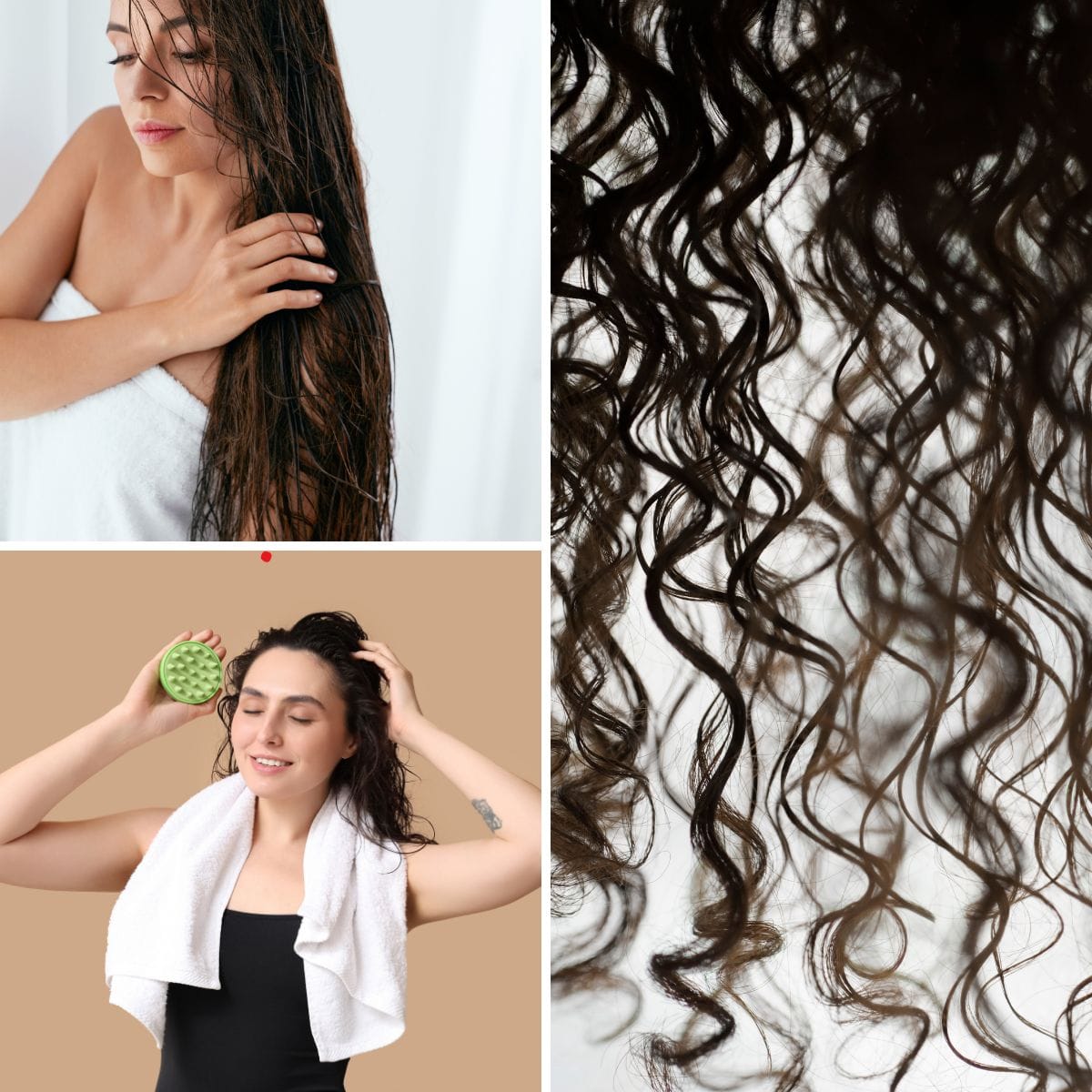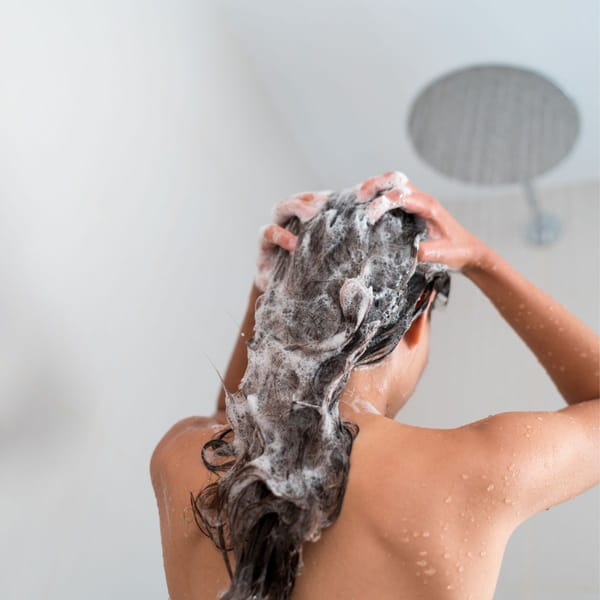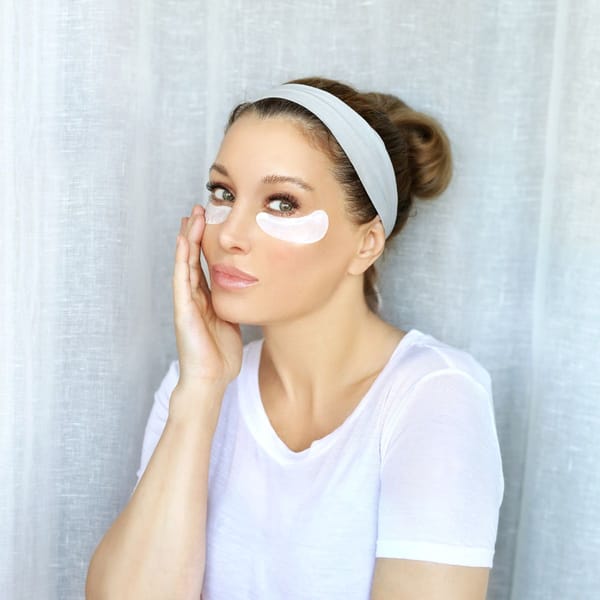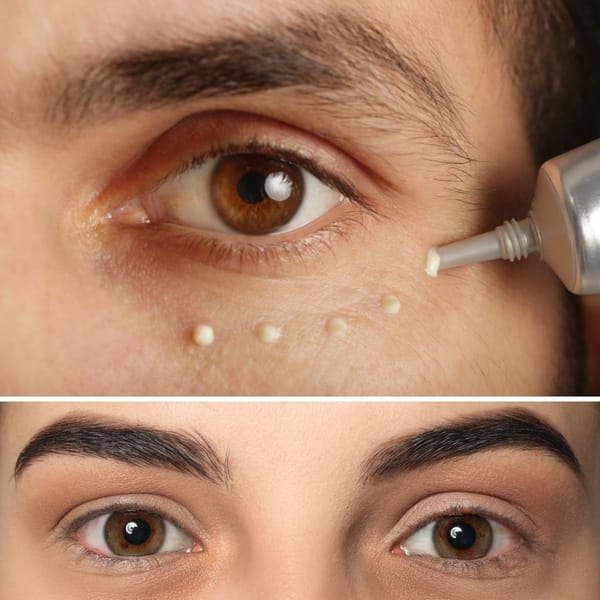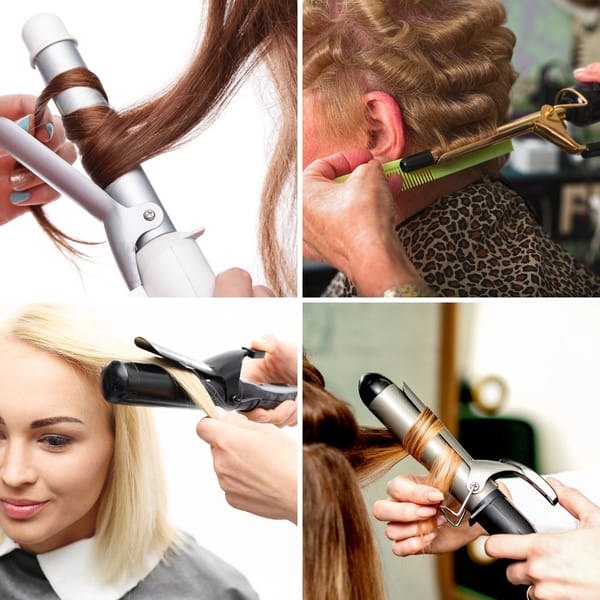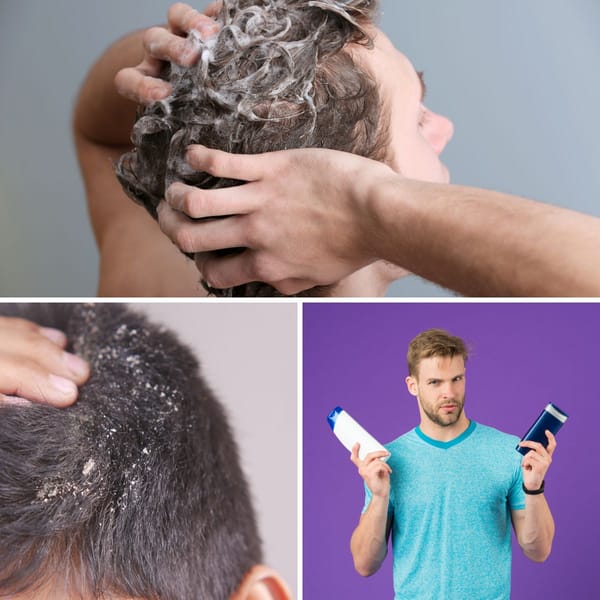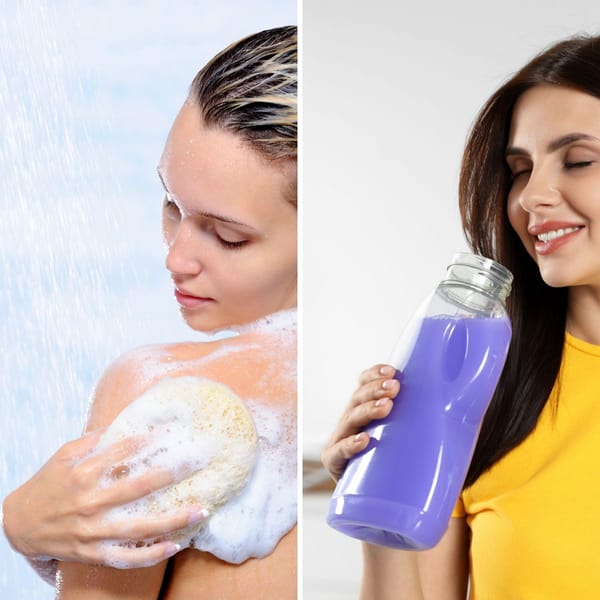Curly hair can be as unpredictable as the weather, and anyone with a head full of curls knows the struggle of achieving bouncy, defined, and frizz-free locks. Enter the game-changing technique known as "plopping." This method has become a curly hair community favorite, but what exactly is it? Let's dive in and unravel the mystery of plopping for curly hair.
Key Takeaways:
- Plopping is a heat-free drying technique that enhances the natural curl pattern and reduces frizz.
- It involves wrapping wet curls in a cotton t-shirt or microfiber towel to absorb excess moisture without disrupting the curls.
- Plopping works for various hair types and lengths, helping to create defined, bouncy curls.
Understanding Plopping and Its Benefits
Plopping is a technique designed to set the natural curl pattern of your hair while it dries. This method not only helps in reducing the drying time but also minimizes frizz, which is often caused by the rough fibers of regular terry cloth towels. By plopping your hair, you're allowing your curls to dry in a self-contained mound on top of your head, which helps in maintaining the shape and definition of each curl.
The benefits of plopping are numerous. It's a heat-free drying method, which means less damage to your hair cuticle and healthier locks in the long run. Plopping also encourages better definition and volume for your curls, as it prevents the weight of wet hair from pulling them down as they dry.
The Right Materials for Plopping
To plop curly hair effectively, the choice of material is crucial. Traditional towels can create frizz and disrupt the natural wave pattern due to their texture. Instead, a cotton t-shirt or a microfiber towel is recommended. These materials are gentle on the hair cuticle and absorb excess water without causing friction.
When selecting a t-shirt or towel, ensure it's large enough to wrap around your head comfortably. A short-sleeved t-shirt is ideal as it has less excess fabric, which can make the plopping process easier. The goal is to have a smooth, flat surface that will cradle your curls without disturbing their natural shape.
Preparing Your Hair for Plopping
Before you plop your hair, it's essential to wash and condition it properly. This ensures that your curls are clean and hydrated, which is the foundation for any good styling routine. After showering, gently shake out excess water without rubbing your hair, as this can create frizz.
Apply your preferred styling products evenly throughout your damp curls. This might include curl creams, gels, or mousses that help in defining and holding your curl pattern. Be careful not to use too much product, as it can easily weigh down fine hair or looser curl types.
The Plopping Process
Lay your t-shirt or microfiber towel on a flat surface, like your bed or bathroom counter, with the sleeves at the end closest to you. Bend forward and let your wet curls fall in the center of the shirt or towel. Then, wrap the bottom of the shirt or towel around the nape of your neck and tie the sleeves or corners together at the back of your head.
With your hair plopped inside, gently twist the material to create a turban-like shape, ensuring that all your curls are neatly tucked in. The key is to wrap your hair snugly but not too tight, as you don't want to pull on the curls or disrupt their pattern.
The Ideal Plopping Duration
The duration of hair plopping can vary depending on your hair type and the level of moisture in your curls. Generally, leaving your hair plopped for about 20 to 30 minutes is the sweet spot for most curl types. This time frame allows for excess moisture to be absorbed without completely drying your hair, which is when you can introduce a hair dryer on a low heat setting or continue air drying.
For those with super tight coils or thicker hair, you might find that a longer plopping time works better. Experiment to find the duration that gives you the best results for your individual strands.
Post-Plopping Steps
Once you've plopped for the desired amount of time, it's time to unveil your curls. Do this by gently unwrapping your hair and letting it fall naturally. Avoid shaking or touching your curls too much, as this can lead to frizz. If your hair is still quite damp, you can proceed with air drying or use a hair dryer with a diffuser on a low heat setting to finish the drying process.
Plopping for Different Hair Types
Plopping isn't just for one type of curl. Whether you have loose curls, tighter curls, or wavy hair, the plopping method can be adjusted to suit your needs. The same steps apply, but you may need to tweak the amount of time your hair is plopped or the type of products you use beforehand to achieve the best definition and volume for your hair type.
Troubleshooting Common Plopping Issues
If you're new to plopping, it might take a few tries to get it right. Common issues include hair not drying completely, lack of volume at the roots, or curls that are less defined. Adjusting the plopping time, ensuring you're using the right materials, and experimenting with different styling products can help resolve these issues.
Summary
Plopping is a simple yet effective technique for enhancing the natural beauty of curly hair. By using the right materials and following the proper steps, you can achieve luscious, bouncy curls with better definition and less frizz. Remember, the key to successful plopping is patience and experimentation to find what works best for your unique hair type.
FAQ Section
Q: Can plopping work for straight hair? A: Plopping is specifically designed to enhance the natural curl pattern, so it's not effective for straight hair. However, those with a slight natural wave may see some benefits in terms of added volume and texture.
Q: How often should I plop my hair? A: You can plop your hair every time you wash it, especially if you're looking to define your curls and reduce frizz. It's a gentle, heat-free method, so it's safe to use regularly.
Q: Can I sleep with my hair plopped? A: While it's possible to sleep with your hair plopped, it may not be comfortable, and you risk disrupting your curls while you move in your sleep. It's generally better to plop for a shorter duration and allow your hair to finish drying while you're awake.

